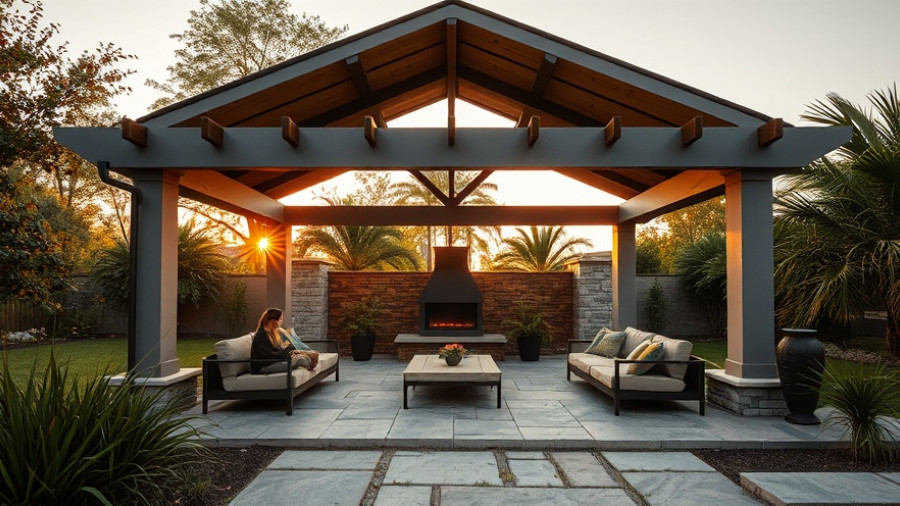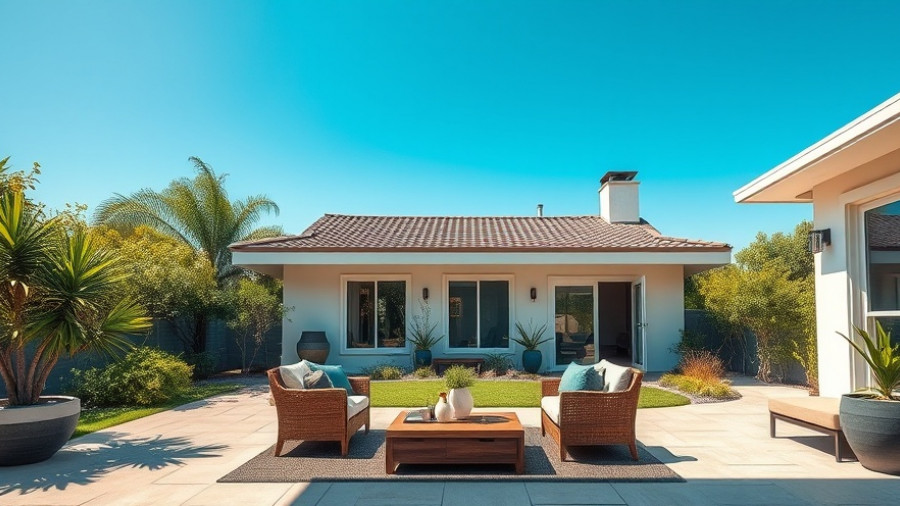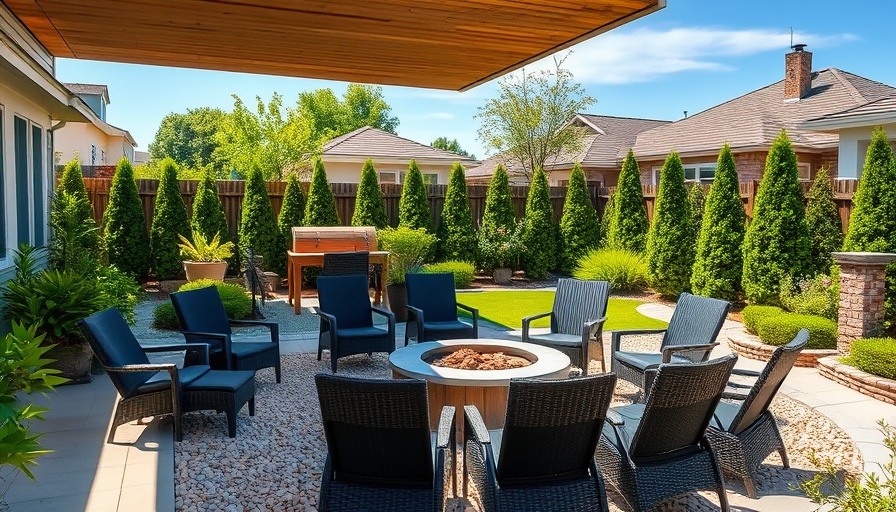
Transform Your Small Backyard Into An Oasis
When it comes to making the most of outdoor spaces, small backyards can often be overlooked. However, with the right renovations, these compact areas can transform into stunning retreats that maximize both aesthetics and functionality. Whether you’re a homeowner in California dreaming of a cozy outdoor haven or someone seeking innovative backyard solutions, understanding how to renovate your small space is essential.
Understanding the Potential of Your Backyard
Many homeowners mistakenly assume that limited square footage equates to limited potential. This couldn’t be farther from the truth. Clever design strategies can create an inviting space, add value to your property, and cater to your lifestyle. From creating multi-functional zones to incorporating vertical gardening techniques, the way you approach your space can make all the difference.
Thoughtful Planning for Efficient Use of Space
The first step to a successful renovation is effective planning. Start by assessing your current layout. Consider how you currently use the space and identify areas that feel cramped. Sketch out plans that incorporate elements like seating, planting beds, or pathways that promote flow. Here, California homeowners will appreciate features like drought-resistant plants, which command less water and maintenance, aligning perfectly with the needs of this diverse state.
Incorporating Functional Features
Every square foot counts in a small backyard, which is why multifunctional features should remain a focal point during renovations. Raised garden beds, for instance, not only maximize vertical space but can also produce fresh vegetables and herbs right at home. Similarly, foldable furniture can provide seating when needed while being easy to store away when you want to use your space for other activities. Adding elements such as a fire pit can increase the usability of your backyard all year round, making it an inviting spot for gathering with family and friends.
The Power of Visualization
Utilizing design tools can help homeowners visualize their renovations before committing. Virtual design apps allow you to try different layouts, colors, and landscape designs. Incorporating digital models can prevent costly mistakes during the actual renovation process. Also, keep an open mind regarding architectural designs that may seem unconventional, like creating a water feature or incorporating a small pond, which can introduce tranquility amidst the urban rush.
Choosing the Right Plants and Decor
Consider the ecological elements and climatic benefits within California when selecting plants. Opt for native varieties that encourage local wildlife while using less water. Creating a themed design around these selections can also contribute to visual cohesiveness. Drought-tolerant succulents and vibrant wildflowers can coexist harmoniously, enhancing the overall aesthetic appeal of your outdoor space.
Potential Challenges to Prepare For
Renovating your small backyard does come with challenges. Navigating zoning laws and regulations in California can be tricky, so consulting with local authorities can save time and frustration. Additionally, design constraints due to property lines should be considered to avoid future disputes with neighbors. Engaging professionals who understand local codes can lead to smoother projects while adhering to regulations.
Budgeting Smartly for Your Backyard Transformation
As any homeowner knows, costs can quickly escalate. Preparing a budget that accounts for labor, materials, and unexpected expenses is crucial. Small projects can often be tackled on weekends or over time, while large renovations may require hiring contractors. Prioritize investments—like robust patio materials or landscaping, which increase property value and provide lasting enjoyment.
Conclusion: Don’t Wait to Enhance Your Outdoor Space
Your small backyard is ripe with potential—waiting for the right creative touches to turn it into the outdoor haven you’ve always wanted. With thoughtful planning and mindful decisions, you can create a personal refuge that offers relaxation and joy for years to come. Are you ready to take the leap and revitalize your small backyard? Explore local resources, and start crafting the outdoor oasis you've envisioned.
 Add Row
Add Row  Add
Add 




Write A Comment